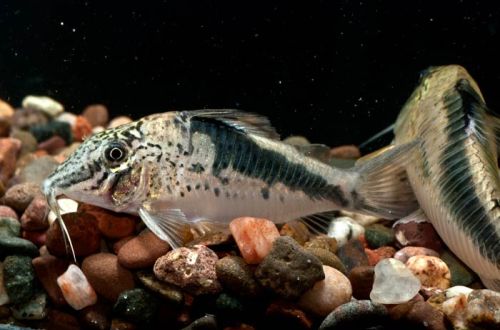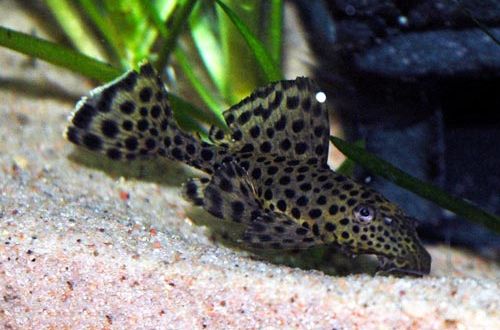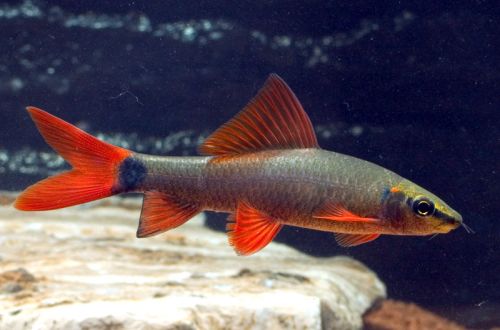
Corridoras Fowlera
Fowler Corydoras or Cory Fowler, scientific name Corydoras fowleri, belongs to the family Callichthyidae (Shell catfish). The fish is named after the American zoologist Henry Weed Fowler (1878–1965), who first described this new species of catfish.

Comes from South America. The exact habitat is unknown due to the fact that there are difficulties in identifying this species. Presumably inhabits the basin of the Napo River – one of the tributaries of the upper Amazon in northeastern Peru. It occurs mainly in shallow streams and rivers with soft sandy substrates covered with a layer of fallen leaves.
Contents
Description
There are several closely related species that inhabit the same range and share features with Fowler’s Corydoras. Often on sale are various types supplied under the same name. The confusion with the names in no way affects the content, since they all need identical conditions.
The generalized description is as follows. Adults reach a length of 6–7 cm. The color is gray with a light belly. A wide dark stripe runs along the body, starting on the back from the dorsal fin and continuing to the base of the tail. The head is dotted with many dark gray or black speckles. A characteristic feature of this group of Corydoras is an elongated mouth, with which the catfish digs in soft ground in search of food.
Brief information:
- The volume of the aquarium – from 240 liters.
- Temperature – 20-28°C
- Value pH — 5.0–7.5
- Water hardness – soft (1-12 dGH)
- Substrate type – sand or gravel
- Lighting – moderate or bright
- Brackish water – no
- Water movement – light or moderate
- The size of the fish is about 6-7 cm.
- Food – any sinking food
- Temperament – conditionally peaceful
- Keeping in a group of 4-6 fish
Maintenance and care
The optimal aquarium size for a group of 4-6 fish starts at 240 liters. For long-term maintenance, it is important to ensure a suitable hydrochemical composition of the water and keep it within the acceptable range of pH and dGH values. Do not allow the accumulation of organic waste (food leftovers, excrement) that can adversely affect the biological balance in the aquarium. Equally important is the presence of soft soil, for example, sand or other similar substrate, consisting of small particles. The design should also provide for the presence of several shelters made of snags, thickets of plants and other natural or artificial decorative elements.
Food. An omnivorous species, they will accept most popular dry, frozen and live foods. It is recommended to use sinking products, since catfish spend most of their time at the bottom.
behavior and compatibility. Cory Fowler gets along well with other non-aggressive species of comparable size. However, intraspecific relations are not so peaceful. Males during the breeding season are intolerant of potential rivals from among relatives, therefore, when keeping a heterosexual group, a spacious tank and shelters are required.





